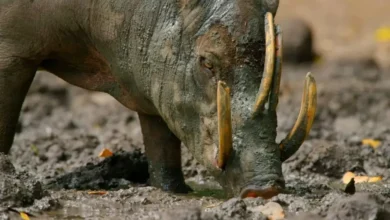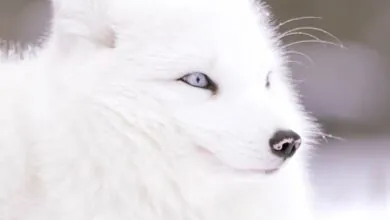Fennec Fox Adaptations: A Survival Guide for the World’s Smallest Fox
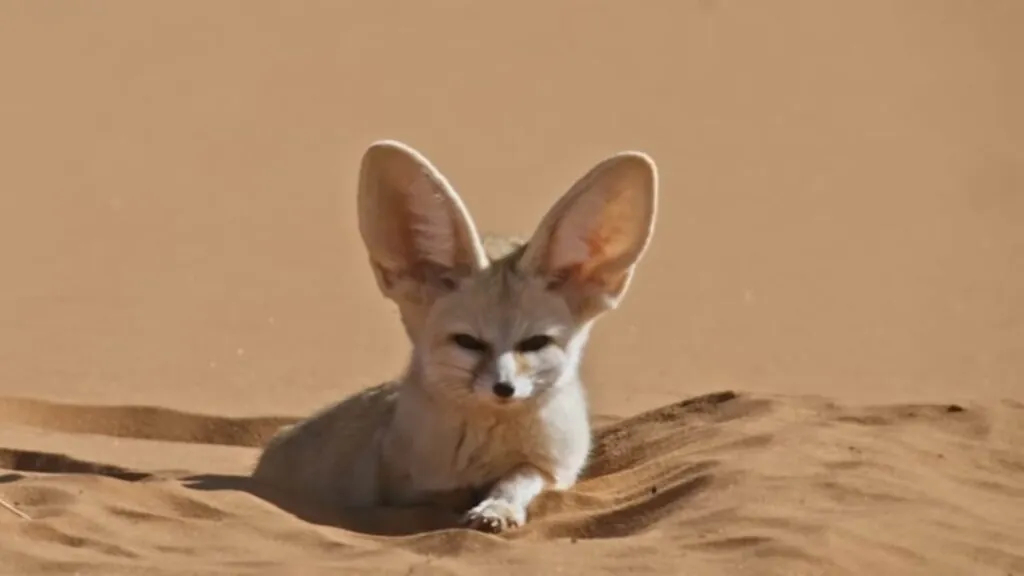
Just envision a tiny fox, all fluff and ears, braving the scorching Sahara. That’s the fennec fox – an emblem of desert adaptation! Fennec fox ears aren’t just for cuteness overload, folks! They’re nature’s air conditioners, radiating heat and keeping the fox comfy amidst the inferno.
Their thick, sandy fur is like a magical cloak, shielding them from both scorching sun and chilly desert nights. So, next time you imagine a desert, ditch the sweaty sunscreen and goggles – the fennec fox adaptations feature us how to rock the ultimate desert style, naturally!
| Kingdom | Phylum | Class | Order | Family | Genus | Scientific Name | |
| Animalia | Chordata | Mammalia | Carnivora | Canidae | Vulpes | Vulpes zerda |
Origin and Evolution
Fossil evidence signals an ancient lineage, with the fennec fox’s ancestors diverging from the main Vulpes lineage approximately 8 million years back. This probably happened in Europe or Asia, before dispersing into Africa about 5 million years ago. The Sahara Desert – a dry, scorching landscape – presented a formidable challenge for any creature, yet fennec fox found its niche and thrived.
Fennec Fox Adaptations
Living in Sahara is not an easy feat, folks! But fennec fox endowed with adorable looks and clever adaptations, thrives in this harsh environment. Let’s zoom in on some of fennec fox adaptations:
Distribution and Population
Geographic Range
When it comes to fennec fox distribution, the species have spanned most of the Sahara Desert, from Morocco and Mauritania in the west to Sinai and northern Sudan in the east. Records implies they once ventured further south, possibly reaching Senegal and Niger. Nonetheless, habitat changes and human activity may have confined their range.
Population Dynamics
With respect to fennec fox population size, there’s no pinpoint headcount for these elusive creatures. Estimates span from tens of thousands to hundreds of thousands, scattered across their stretched desert kingdom. Speaking of fennec fox population range, it’s typically considered stable across their range.
Geography
| Continent(s) | Africa, Asia |
| Countries | Algeria, Chad, Egypt, Libya, Mali, Mauritania, Morocco, Niger, Sudan, Tunisia, Western Sahara |
| Bio-geographical Realms | Palearctic |
| Biome | Desert |
Habitat
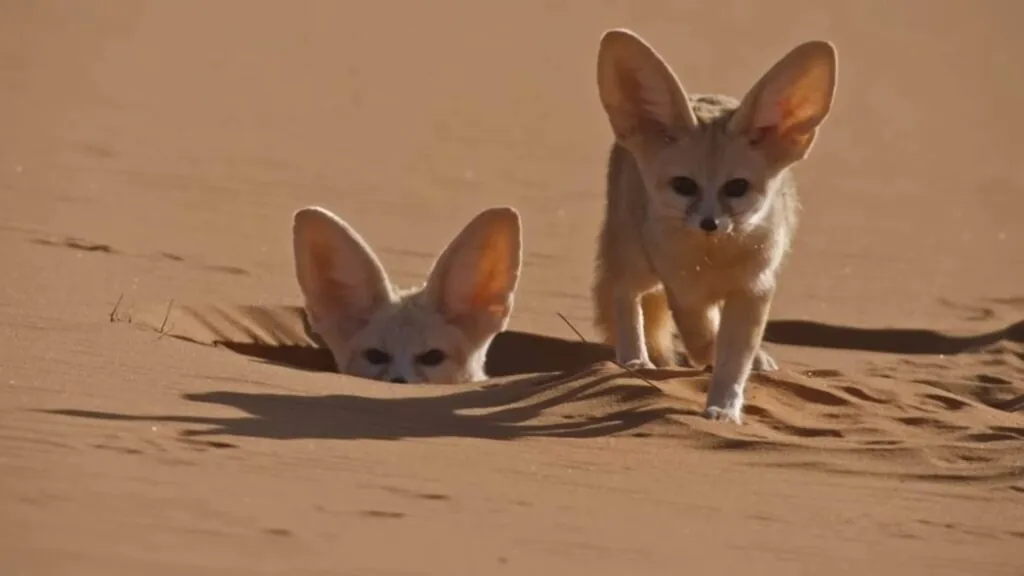
Habitat Preferences
Fennec foxes crave the arid charm of sandy deserts, particularly those stabilized by vegetation like scrub grasses and acacias. These offer pivotal shade, food sources and burrowing grounds. Within the stretched desert, they seek shelter in particular “microhabitats.” They also prefer the slopes and bases of dunes, offering burrows with natural camouflage and protection from flooding. Explore more about the adorable and fascinating Fennec Fox and its desert habitat on the San Diego Zoo.
Habitat Utilization Patterns
5 Fennec Fox Facts
Appearance
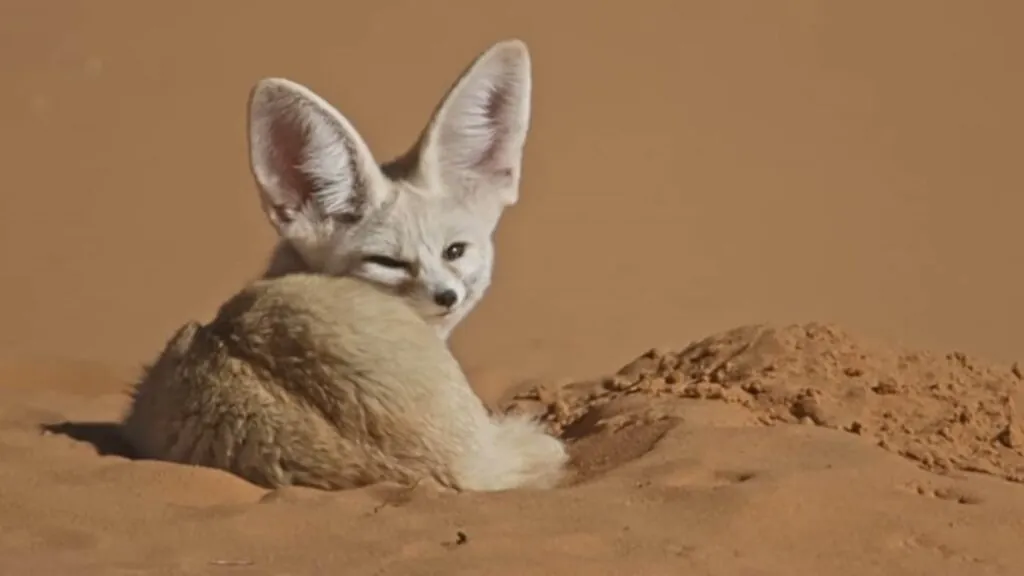
Physical Characteristics
Sexual Dimorphism
In contrast to some animal species with stunning variation between males and females, fennec foxes showcase subtle sexual dimorphism. Males are typically slightly larger than females and their ears might be a bit longer.
Ontogenetic Development
Fennec fox’s kits, weighing a mere 2 ounces (57 grams), are born blind. Their fur starts as a silky white, little by little transitioning to the sandy hues of adulthood over the next few weeks.
By 2 months, their eyes open and they start venturing out of their burrows. At approximately 5 months, they’re fully weaned and independent. This fox and the Arctic fox, a cold-adapted beauty boasting a snowy white coat, exemplify the incredible diversity of the fox family across contrasting landscapes.
Anatomy
| Color(s) | White, Cream, Sandy |
| Ears | Large relative to body size (up to 6 inches, half their body length) |
| Tongue | Long and pink |
| Claws | Long and curved |
| Mouth | Small and pointed |
| Jaw | Powerful and agile |
| Teeth | 42 small, sharp teeth |
| Nose | Large and black, with keen sense of smell |
| Feet | Feet Furry and padded |
| Skeleton | Lightweight and delicate |
Reproduction and Life Cycles
Mating System
In conjunction with fennec fox mating system, they are devoted monogamists, that is, once the find their perfect match, they stick together through thick and sand, forging an enduring partnership for breeding and raising kits.
Reproductive Biology
Fennec fox breeding season peak between January and February, when temperatures are somewhat cooler. Using scent marking and vocalizations, male fennec foxes compete for the attention of females.
The mother diligently nurses and grooms her kits, the father ventures out, hunting for food. With respect to fennec fox litter size, 2 to 5 pups born after a gestation period of around 50 to 53 days.
Life Cycle Stages
Mating Habits
| Mating Behavior | Monogamous |
| Reproduction Season | January to February in North Africa, potentially later in Arabian Peninsula |
| Litter Size | 2 to 4 kits, with 3 being the most common |
| Gestation Period | 50-52 days |
| Baby Carrying | Kits nursed in an underground den dug by the female |
| Independent Age | Kits weaned at around 60-70 days and become fully independent by 4-5 months. |
| Baby Name | Kit |
Diet and Lifestyle
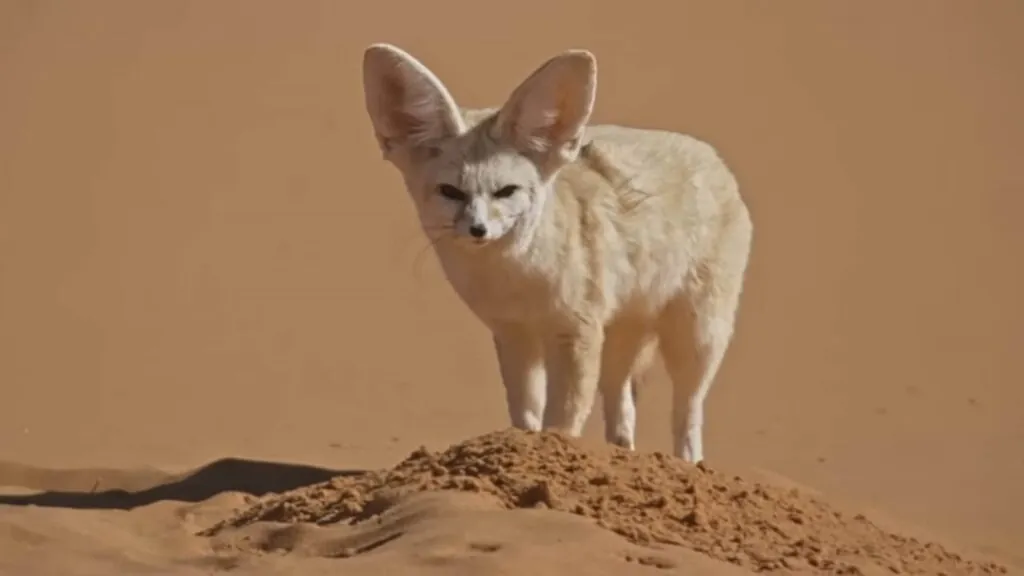
Feeding Ecology
These furry friends aren’t picky eaters; they’re omnivores, feasting on a diverse menu of desert delights. Concerning fennec fox diet, insects, particularly grasshoppers and locusts make up a large part of their diet, alongside small rodents, lizards, birds, juicy fruits, succulent roots and even leaves.
Foraging Strategies
Fennec fox adaptations have turned them into nighttime ninjas, resting on their superb hearing and sensitive whiskers to track down prey under the sand, made possible by their powerful paws – built-in shovels.
Nocturnal Activity Patterns
The scorching sun is no friend to a fennec fox; they’re most often than not nocturnal, emerging from their burrows after sunset when temperatures dip and hunting becomes easeful.
Social Structure
Speaking of fennec fox social structure, they prefer to live in family groups of up to 10 individuals, generally encompassing parents and their offspring from multiple litters.
Threats and Conservation
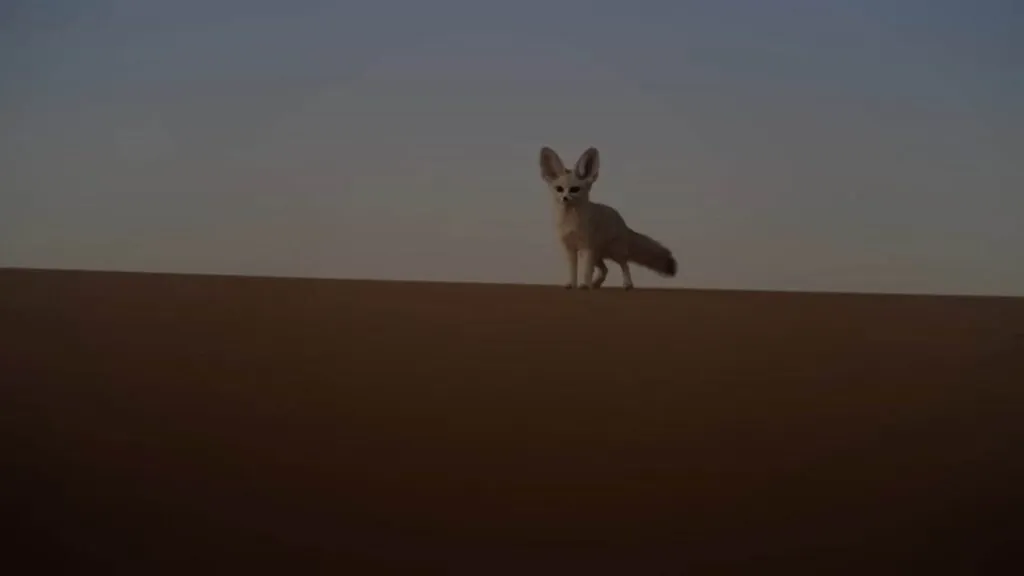
Conservation Status
As per the IUCN Red List of Endangered Species, the fennec fox conservation status is “Least Concern.” The primary threats they encounter includes: habitat loss, hunting and trade, climate change and environmental degradation.
Conservation Initiatives
The Ahaggar National Park in Algeria guards over 1.8 million hectares of desert, offering a safe heaven for fennec foxes and other Sahara species. There’re some other institues that’ve stepped in to protect species in their habitat, such as the Ahmad Zabana National Park (Tunisia) and the Terres d’Afrique Foundation.
Relationship with Humans
Fennec Fox as a Pet
Keeping fennec foxes as pets is a complex issue. Experts state that the adorable fennec foxes are illegal to be kept as pets in India. Owing to fennec fox adaptations and specific habitat requirements, there can be a clash with typical domestic lifestyles. All 27 member states of the EU have banned the import, export and trade of fennec foxes, effectively restricting individuals from keeping them as pets.
Cultural Significance and Symbolism
With respect to fennec fox cultural significance, for millennia, these creatures have captivated human imagination. In ancient Egyptian mythology, they’re interlinked with the god Bastet, protector of the home and motherhood. In Saharan folklore, they signify resilience, cunning and adaptability.
Economic Importance
In conjunction with fennec fox economic importance, in Algeria, fennec foxes ecotourism projects have generated an approximated $300,000 per year for local communities. Traditional crafts and souvenirs exhibiting fennec fox motifs are popular among tourists and collectors. Research on fennec fox adaptations, specifically their water conservation and heat regulation mechanisms, has inspired innovation in fields like biomimetic design and sustainable technologies.
Unique Characteristics
Forge a path through an intriguing journey as we unfold fascinating facts about fennec foxes – truly captivating animals that start with F. Join us in shedding light on their remarkable rundown!
| Common Name | Fennec Fox |
| Other Name(s) | Zerda, Desert Fennec, Fennec |
| Number of Species | 1 |
| Population Size | Estimated at 140,000 – 1 million individuals |
| Lifespan | 10 – 14 years |
| Weight | 1kg – 1.5kg (2.2lbs – 3.3lbs) |
| Length | 24cm -41cm (9in – 16in) |
| Top Speed | 25 mph |
| Predator | Verreaux’s eagle-owl, Pharaoh eagle-owl, eagles, jackals, caracals |
| Prey | Berries, Fruit, Rodents, Reptiles |
| Most Distinctive Feature |
FAQs
